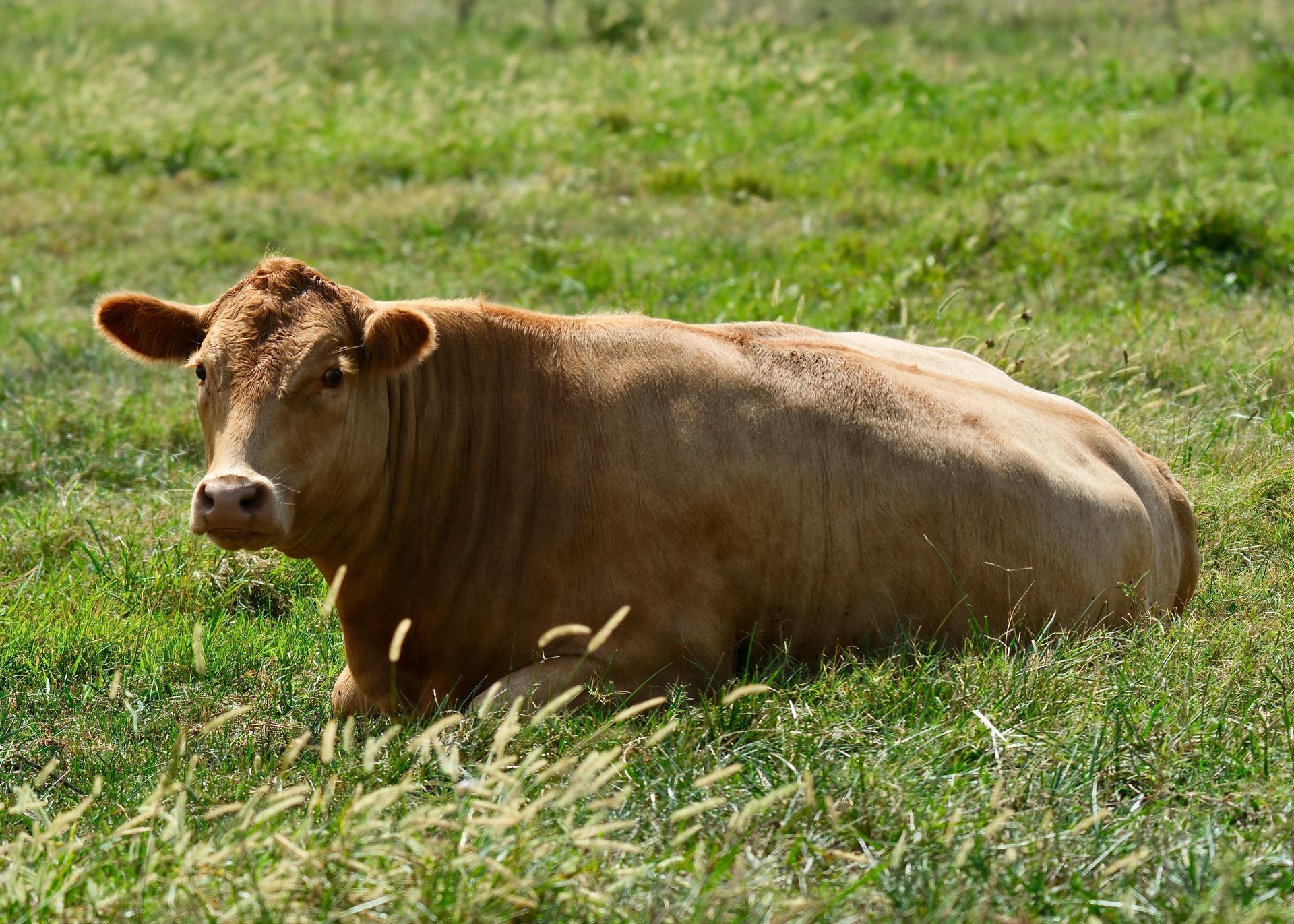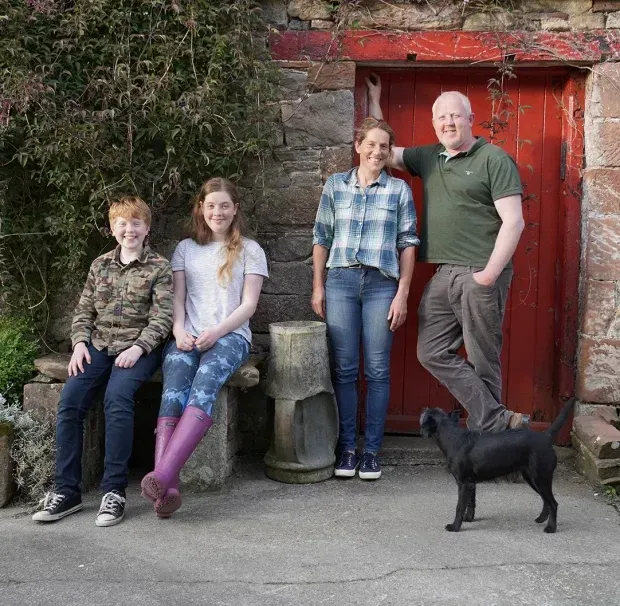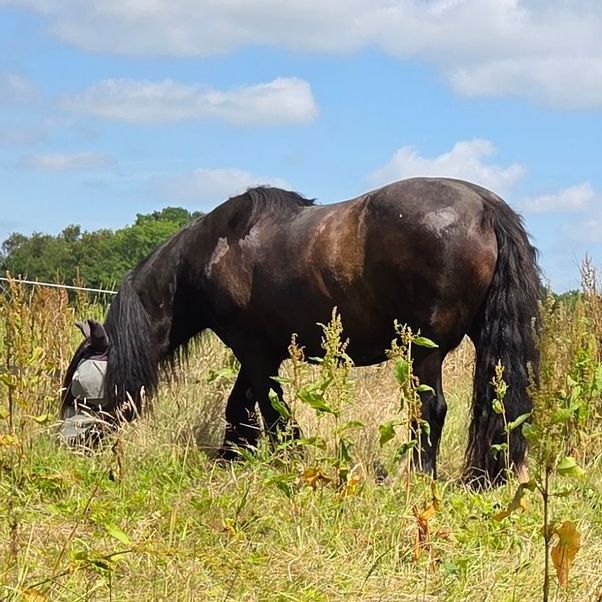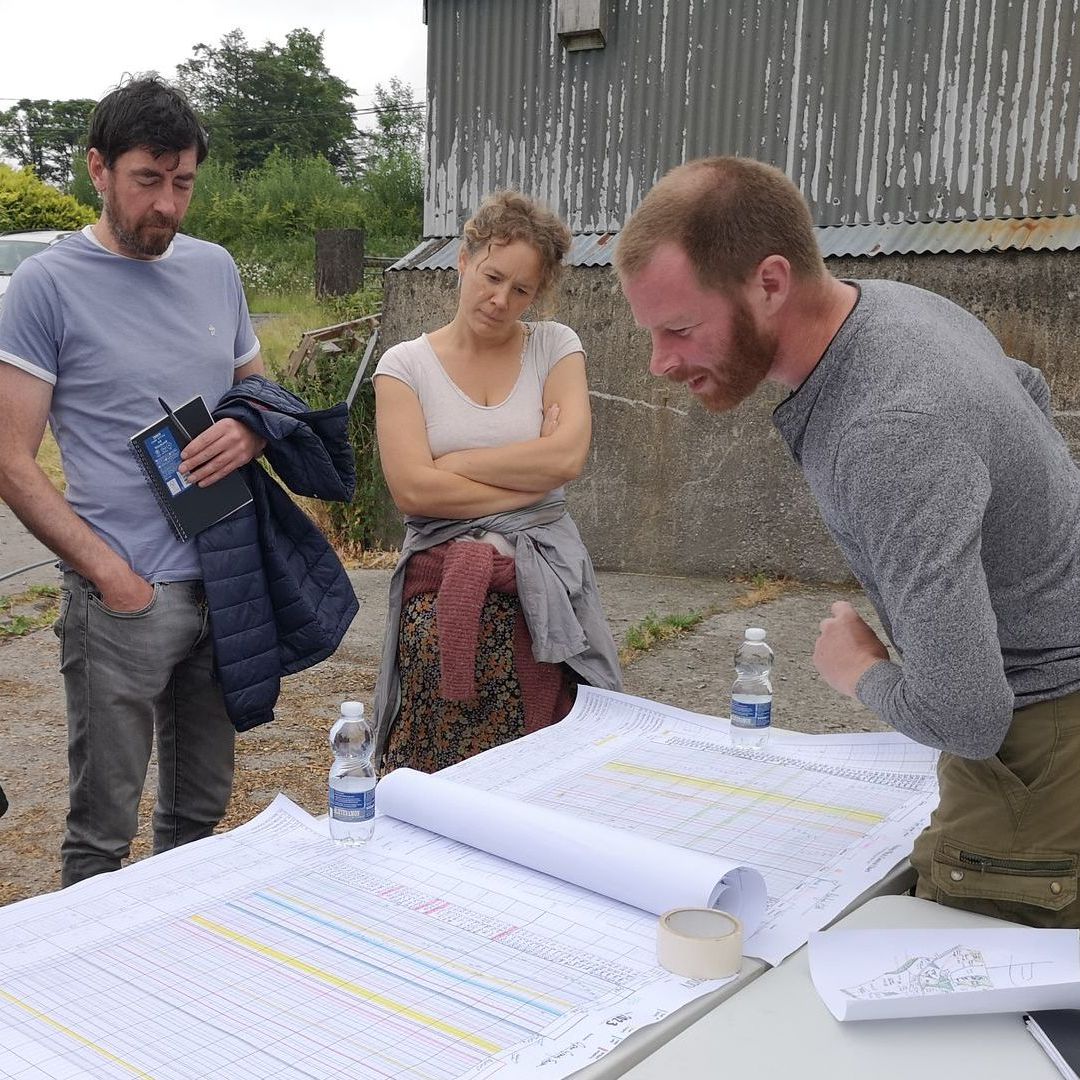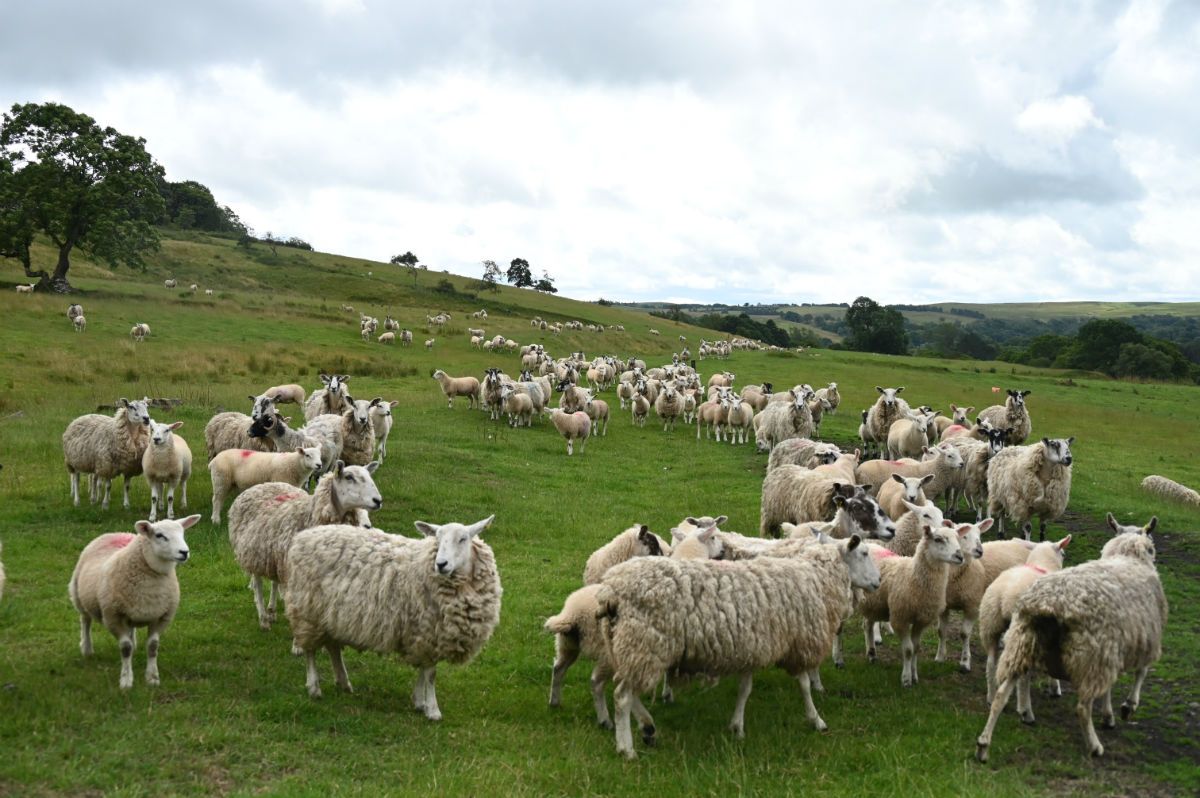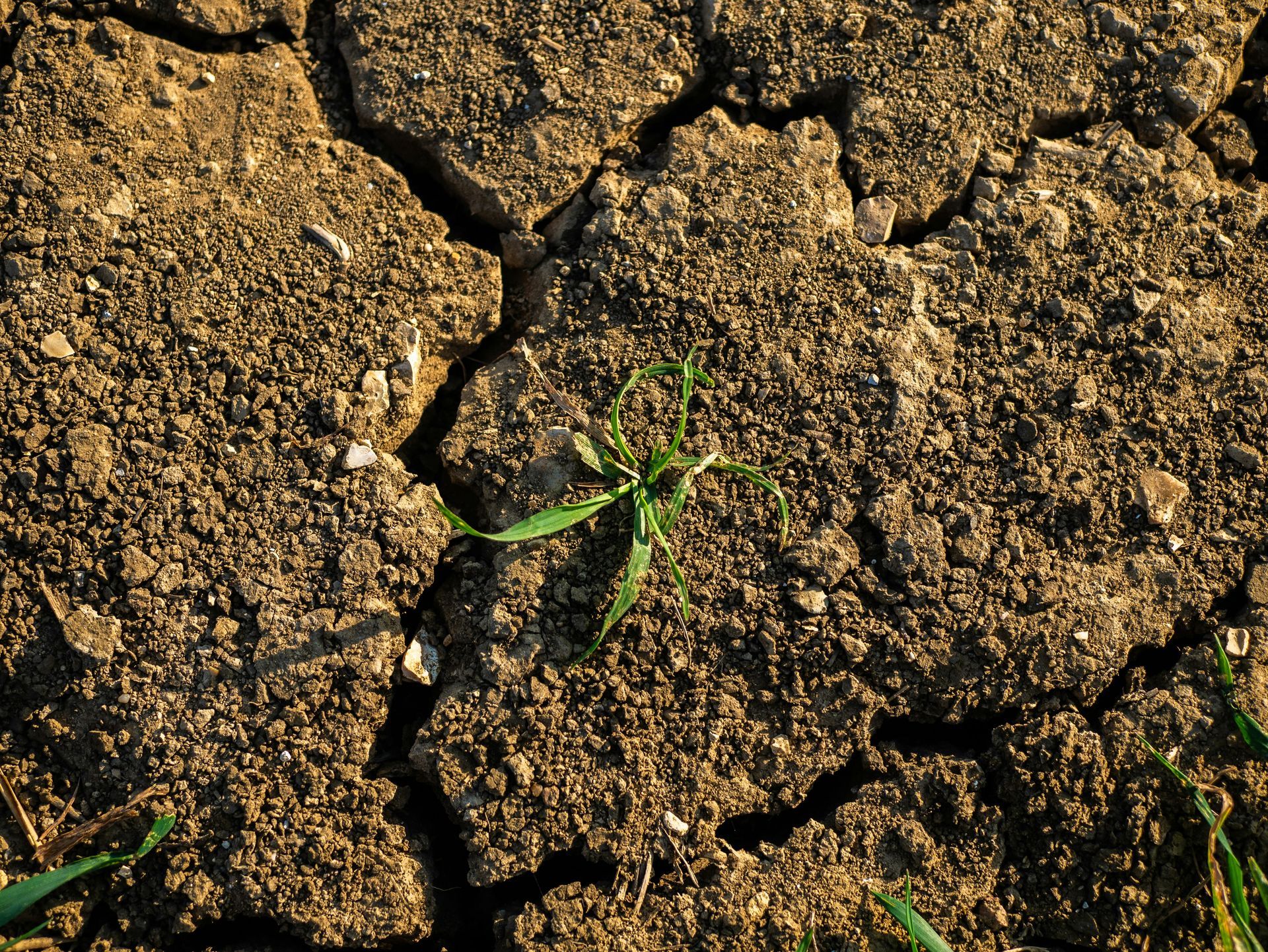Interwoven Systems
How the Four Ecosystem Processes Work Together

Over the last 4 weeks we've looked at the 4 ecosystem processes as introduced in Holistic Management Fundamentals and considered them in isolation but that's neither how they work nor is it very holistic so this week to wrap the subject up we consider how they work together and affect each other
Asa brief reminder they are:
The Water Cycle – how water moves through the landscape, influencing plant growth and soil health.
The Mineral Cycle – the movement of nutrients through soil, plants, and animals, enabling biological productivity.
Energy Flow – the conversion of sunlight into life through photosynthesis and its movement up the food chain.
Community Dynamics – the interactions between species that shape biodiversity, stability, and regeneration.
These processes do not operate independently; they are deeply interwoven, each affecting the others in ways that determine the overall health, productivity, and resilience of an ecosystem.
How the Four Processes Interact
At the heart of ecosystem function is the relationship between water, minerals, energy, and biological life. When one process thrives, it supports the others, but when one is disrupted, the whole system can degrade.
For example, healthy soil structure and plant cover promote a stable water cycle, ensuring that rainfall is absorbed rather than running off or evaporating. This in turn supports the mineral cycle, as moisture enables microbial life to break down organic matter, making nutrients available to plants. The more nutrients and water available, the more solar energy can be converted into plant growth, feeding herbivores and supporting biodiversity. Community dynamics—the presence of grazers, decomposers, and predators—then play a role in maintaining the balance, preventing dominance of any single species and encouraging natural regeneration.
But if just one process is disrupted, the effects cascade through the system. Bare ground, for example, breaks the water cycle—rainfall runs off instead of infiltrating, leading to drought conditions and soil erosion. This weakens the mineral cycle, reducing fertility and making it harder for plants to grow. With fewer plants, less solar energy is captured, meaning there is less available to sustain herbivores and other life forms. Over time, community dynamics collapse, with fewer species able to survive.
Brittle vs Non-Brittle Environments: A Key Distinction
While the four ecosystem processes are universal, their function differs dramatically between brittle and non-brittle environments.
Non-brittle environments, such as humid forests and temperate grasslands, receive consistent moisture. Water is evenly distributed, allowing plant material to decay quickly through microbial breakdown. This means the mineral cycle is naturally efficient, nutrients are continuously replenished, and energy flow remains stable. Because moisture is reliable, biodiversity can be high, and natural disturbances like grazing or fire often have faster recovery times.
In contrast, brittle environments, such as semi-arid grasslands and savannas, experience erratic rainfall with long dry periods. Here, decay is slower, often occurring through oxidation rather than microbial activity, making nutrient cycling less efficient. Without active management, these landscapes tend to lose plant cover, exposing soil to erosion, breaking the water cycle, and accelerating desertification. In these ecosystems, grazing animals play a crucial role in maintaining function—properly managed herbivory stimulates plant growth, cycles nutrients, and maintains biodiversity.
Managing the Four Ecosystem Processes for Resilience
The key to regenerating land is to ensure that all four ecosystem processes are working in harmony.
Restoring the water cycle by keeping soil covered with vegetation, increasing organic matter, and improving infiltration.
Enhancing the mineral cycle by using grazing animals to recycle nutrients back into the soil.
Maximising energy flow by increasing biodiversity and ensuring continuous photosynthesis.
Supporting community dynamics by encouraging species diversity and managing disturbances effectively.
By understanding how these processes interact—and how they function differently in brittle and non-brittle environments—we can work with nature to create landscapes that are not only productive but self-sustaining and regenerative.
Holistic Management teaches us that land is not static; it is shaped by the decisions we make. When we manage all four ecosystem processes in balance, we create thriving, resilient systems that support life, now and for future generations.
